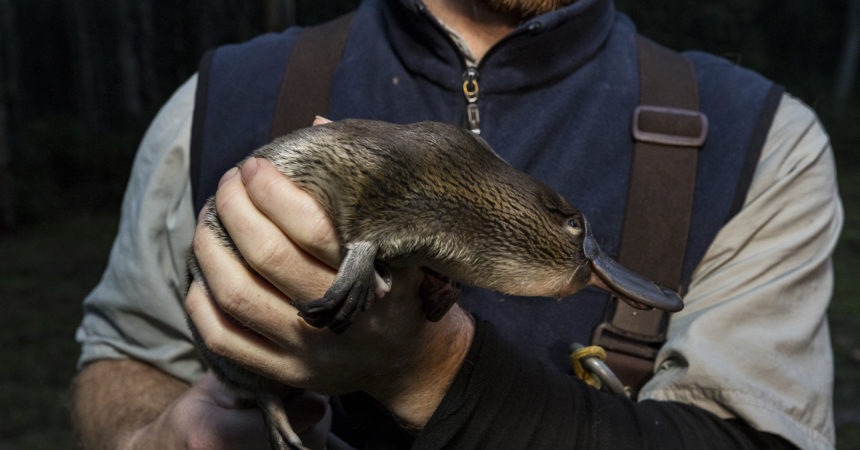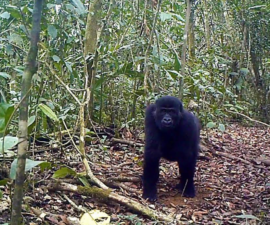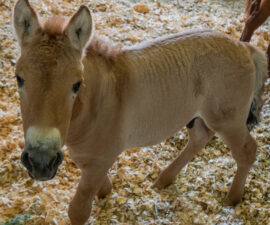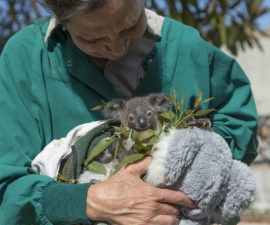Conservationists in Australia have been working to determine the status of platypuses in the wild through a national biological survey using environmental DNA (eDNA), measuring trace DNA found in their habitats. Called the Great Australian Platypus Search (GAPS), the study is designed to indicate areas where this unique mammal still exists, so that conservation efforts can be focused on these areas. Initial results from the study indicate that platypus DNA has been found in about one third of the sites searched.
“Overall, platypuses were detected at 38% of sites sampled in Victoria and 32% of those in New South Wales,” said Josh Griffiths, senior wildlife ecologist, cesar. “Although it is still too early to draw many conclusions from this raw data, some trends are emerging. For instance, higher platypus occurrence is associated with native vegetation cover, high in-stream complexity (providing good habitat for macroinvertebrates) and suitable burrowing habitat.”
The study analyzes eDNA to determine the presence of this shy nocturnal species. The innovative use of new DNA scanning technologies allows researchers to detect tiny traces in water samples, to determine whether a species is present at a specific site. The GAPS program is applying this eDNA detection technology to systematically investigate the occurrence of platypuses in more than 193,051 square miles (500,000 square kilometers) of area in southeastern Australia, with the team having so far visited nearly 500 sites across Victoria and New South Wales. Analyzing the eDNA results collected allows researchers to assess the impacts of major threats such as land use, altered water flow and habitat degradation on platypus populations throughout the region.
One major challenge the team encountered when undertaking this fieldwork was the current impact of very dry conditions across southeast Australia. Researchers found that approximately 40% of the selected sites had no water present, with dry conditions particularly apparent in western regions of Victoria and New South Wales. The lack of water rendered those locations completely unsuitable for platypus habitation—and many of the now-dry sites had been historically known to support platypus populations.
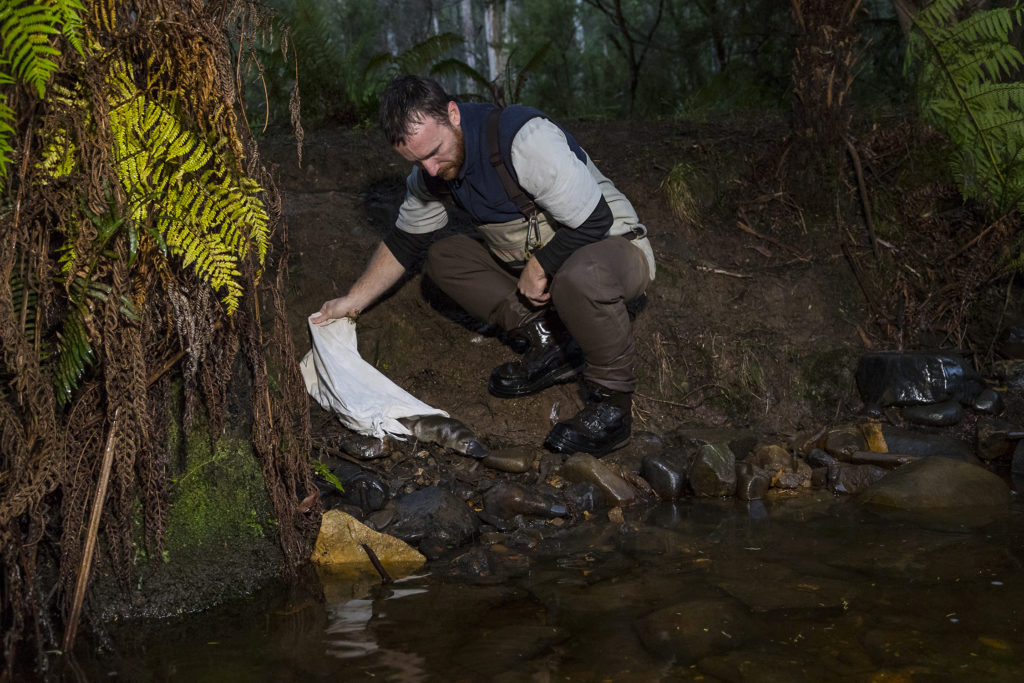
In addition to the work undertaken for the GAPS program, more than 600 sites have been sampled as part of complementary projects with Melbourne Water, Wimmera CMA, Project Platypus, Upper Barwon Landcare Network, Upper Campaspe Landcare Network, North Central CMA, Glenelg-Hopkins CMA and Blacktown City Council. This brings the total number of sites that have been sampled for platypus eDNA to more than 1,000—and counting. Recently, the International Union for Conservation of Nature’s Red List of Threatened Species changed the status of the platypus from a Species of Least Concern to Near Threatened. Conservationists say that this new project is especially important, to ensure that the platypus does not become more endangered in the future.

